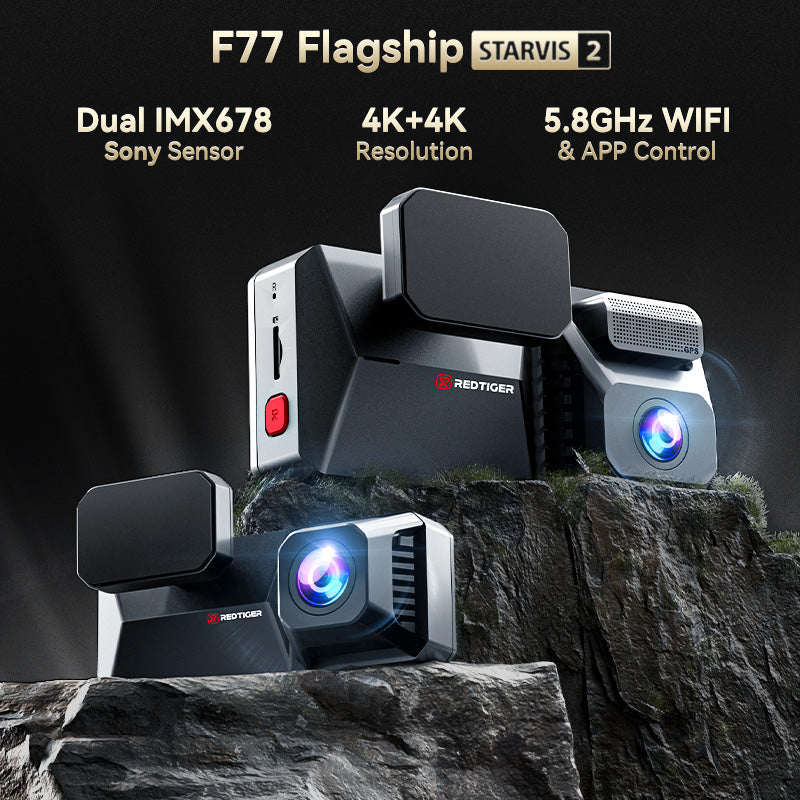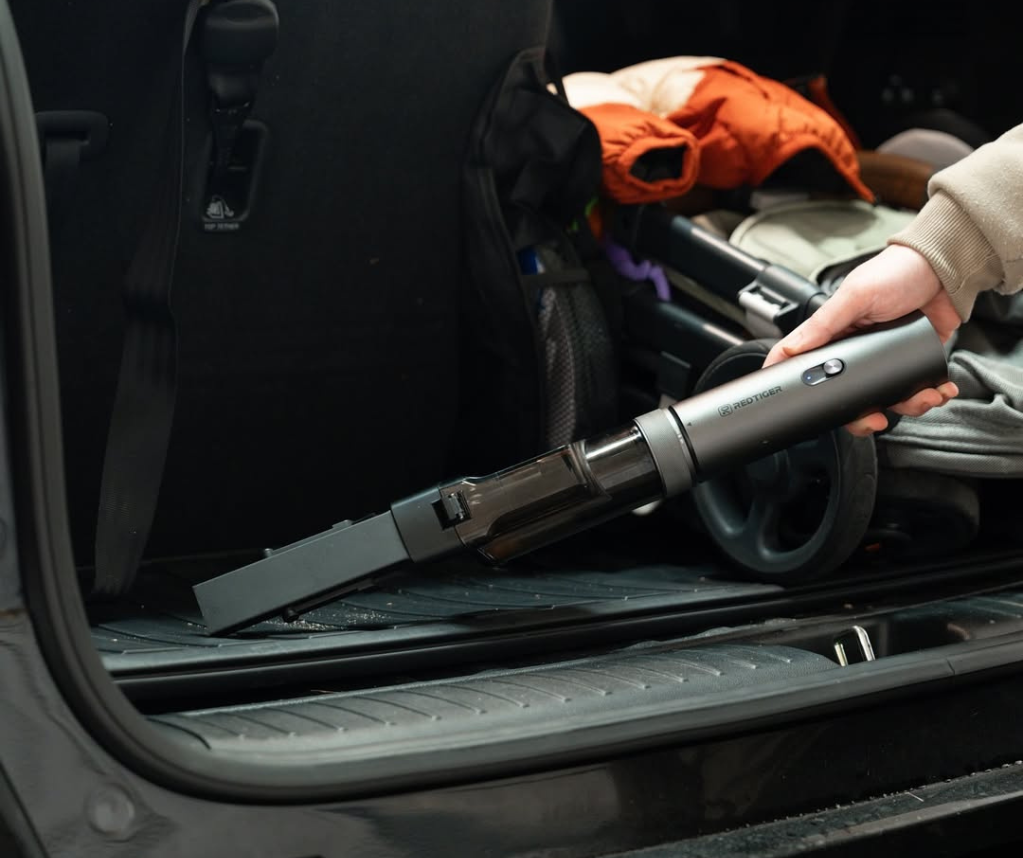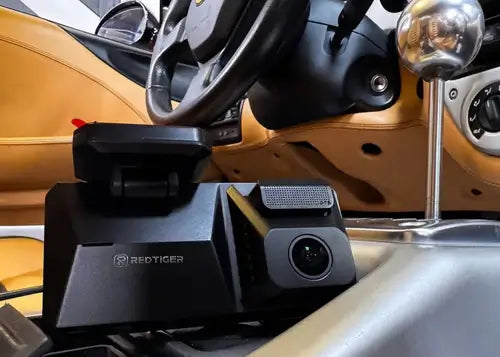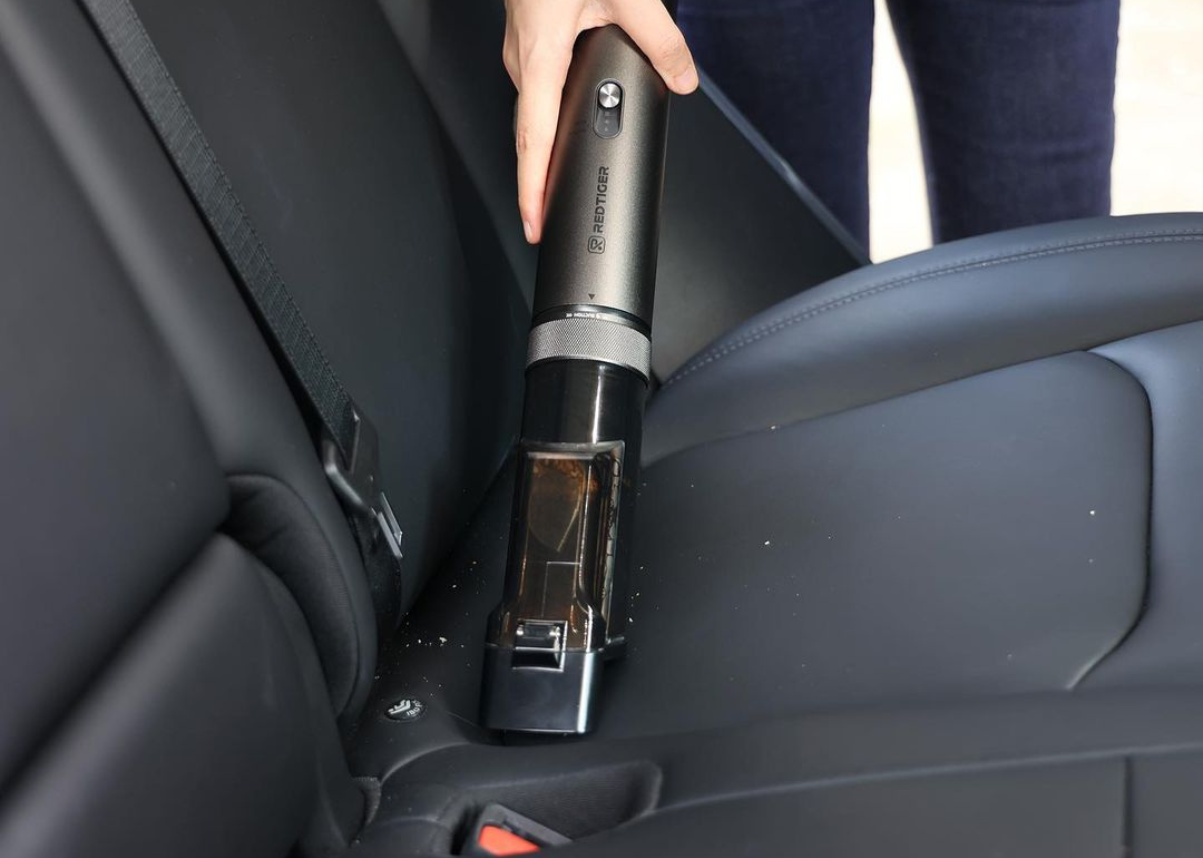How does motion detection work on dash cam?

Dash cams have become increasingly popular as a reliable way to capture footage of the road while driving. These compact video cameras are typically mounted on the windshield or dashboard of a vehicle, providing a record of your driving experiences and potential evidence in case of accidents or disputes. In this blog, we will explore one of the key features of dash cams: motion detection.
Motion detection on a dash cam utilizes a built-in sensor known as a G sensor or accelerometer. This sensor detects changes in acceleration, such as sudden braking, rapid acceleration, or impacts. When the G sensor detects significant changes, it triggers the dash cam to start recording, even if you're not actively recording at that moment. This feature ensures that important events or incidents that occur in front of your vehicle are captured and saved for later review.
Do Cameras Only Record When Motion Is Detected?
No, cameras do not solely rely on motion detection to record. Most dash cams employ two key recording methods: loop recording and motion detection.
Loop recording is a continuous recording process where the dash cam records video in segments or loops. When the storage capacity is reached, the oldest recorded footage is automatically overwritten by the new recordings. This ensures that the dash cam always has the latest footage available and avoids the need to manually delete or manage storage space.
On the other hand, motion detection is an additional feature that enhances the functionality of dash cams. When the motion detection feature is enabled, the dash cam's built-in sensor, known as the G sensor or accelerometer, detects changes in acceleration or impacts. Upon detecting significant changes, the dash cam saves the current recording and starts a new file to ensure that the event is captured in its entirety.
Combining loop recording and motion detection provides the best of both worlds. Loop recording ensures continuous recording of your driving experiences, while motion detection acts as a trigger to save and prioritize specific events that occur in front of your vehicle. This dual recording method ensures that important moments, such as accidents or sudden movements, are captured and preserved as separate files for easy access and review.
How Does Motion Detection Work?
Motion detection on a dash cam is typically enabled through a G sensor. The G sensor detects changes in acceleration, such as sudden braking, impact, or rapid movement.
When the G sensor detects these changes, it triggers the dash cam to start recording, ensuring that any significant events or incidents are captured for later review.
When motion is detected, the dash cam not only starts recording but also often employs a feature called "incident lock" or "emergency recording." This means that the recorded video segment triggered by the motion detection is marked as important and protected from being overwritten during loop recording. By locking the video, the dash cam ensures that the footage of the event is safely stored and can be accessed later as crucial evidence or documentation.

What Is the Difference Between Motion Detection and Parking Mode?
Motion detection is a feature that can be used both while driving and in parking mode. It enables the dash cam to start recording when it detects motion within its field of view. This feature is beneficial for capturing events or incidents that occur during driving, as well as any activity near the parked vehicle.
Parking mode, on the other hand, is a specific mode designed to monitor the vehicle while it's parked and the engine is turned off. It ensures that the dash cam remains active during this time, providing surveillance and security for the parked vehicle. Parking mode can utilize various methods for monitoring, and one of them is motion detection.
Now, let's explore the two common methods of parking mode monitoring, including motion detection:
- 24-Hour Monitoring: This method involves continuous recording of the surroundings even when the vehicle is parked and the engine is turned off. The dash cam remains active throughout the day and night, capturing video footage at all times. It provides comprehensive surveillance and is particularly useful if you want continuous monitoring of your vehicle's surroundings.
- Motion Detection: This method relies on the dash cam's motion detection feature to activate recording when it detects movement within its field of view. When motion is detected, the dash cam starts recording, ensuring that any significant events or incidents are captured. This feature helps conserve storage space by recording only when there is activity around the vehicle, such as someone approaching or an impact occurring.
Both methods of parking mode monitoring offer valuable surveillance and security benefits for your parked vehicle. The choice between them depends on your specific needs, the parking environment, and the capabilities of your dash cam.

Can You Turn Off Motion Detection?
Yes, most dash cams offer the option to turn off motion detection if desired. This can be useful in specific scenarios where you prefer not to have the dash cam recording in response to motion. However, it's worth noting that motion detection can be a valuable feature for capturing important events, so it's recommended to keep it enabled in most cases.
The Redtiger F7NP dash cam, for instance, incorporates motion detection functionality through its G sensor. This allows you to customize the sensitivity of the motion detection feature according to your preferences. Whether you want to increase or decrease the sensitivity, the Redtiger F7NP dash cam provides the flexibility to adjust the motion detection settings to best suit your needs.
Conclusion
In conclusion, motion detection on a dash cam is triggered by the G sensor, which detects changes in acceleration. It enables the dash cam to start recording when motion is detected, capturing important moments and incidents. While you have the option to turn off motion detection, it's generally recommended to keep it enabled to ensure that significant events are captured. The Redtiger F7NP dash cam offers customizable motion detection settings, allowing you to personalize the sensitivity according to your preferences.




